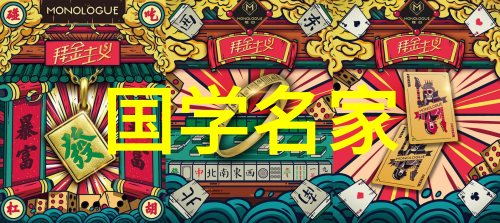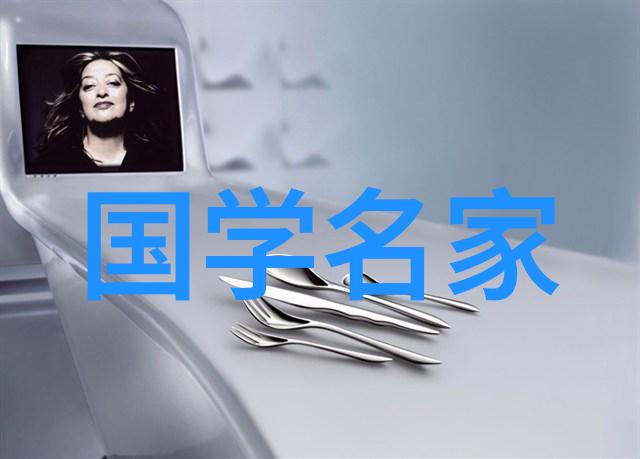Early Life and Education
Leonardo da Vinci was born on April 15, 1452, in the small village of Vinci in Tuscany, Italy. His father, Ser Piero da Vinci, was a notary who later became a successful landowner; his mother, Caterina Buti, was a peasant woman from a neighboring village. Da Vinci grew up with his grandparents for the first few years before returning to live with his parents at their home in Anchiano.

Da Vinci's early life laid the foundation for his future success as an artist and inventor. He began drawing as a child and showed exceptional skill at it from an early age. In 1466 he moved to Florence to apprentice under the artist Andrea del Verrocchio where he refined his painting techniques while also learning about sculpture and engineering.

The Renaissance Period

During the Italian Renaissance period which lasted roughly from 1300 to 1600 AD , Da Vinci lived through two significant periods: The Early Renaissance (1400-1475) during which art started flourishing again after centuries of decline following the fall of Rome; The High Renaissance (1485-1527) characterized by artistic innovation that produced some of history's most famous works.
Da Vinci's own work contributed significantly to this era as both an artist and scientist - He painted iconic masterpieces like 'Mona Lisa' & 'The Last Supper', made groundbreaking anatomical studies & designed innovative machines like flying machine designs ahead of its time.
Artistic Contributions

Leonardo da Vinci is widely considered one of the greatest painters in human history known for several works that are still admired today such as:
Mona Lisa: A portrait done between 1503–1506 depicting Lisa Gherardini believed by many experts now to be smiling rather than frowning.
The Last Supper: A mural painting depicting Jesus Christ sharing bread with twelve apostles just before he betrayed them.

These paintings showcased DaVinci's mastery over sfumato technique giving depth perception using subtle transitions between light & dark shades creating lifelike images out of seemingly flat canvas surfaces.
Scientific Contributions
In addition to being an accomplished painter Leonardo also made remarkable contributions towards science – including anatomy studies on human skeletons; detailed drawings illustrating how various body parts functioned internally; experiments into water currents’ movements etcetera.
His inventions included designs for machines such as parachutes or gliders but unfortunately none were built during his lifetime due mainly because materials weren't advanced enough yet then but they set foundations for modern flight technology later discovered by Wright brothers around four hundred years later!
Later Years & Death
By midlife however illness forced him away from public view—his health issues were quite varied ranging from gout pain caused by arthritis-like conditions affecting knees ankles toes etcetera alongside chronic indigestion possibly linked back problems too—and eventually leading him into isolation at Amboise France where he spent final years under patronage King Francis I until passing away peacefully May 2nd1519 aged nearly seventy-two years old leaving behind legacy so profound that we're still learning more about it even today!





